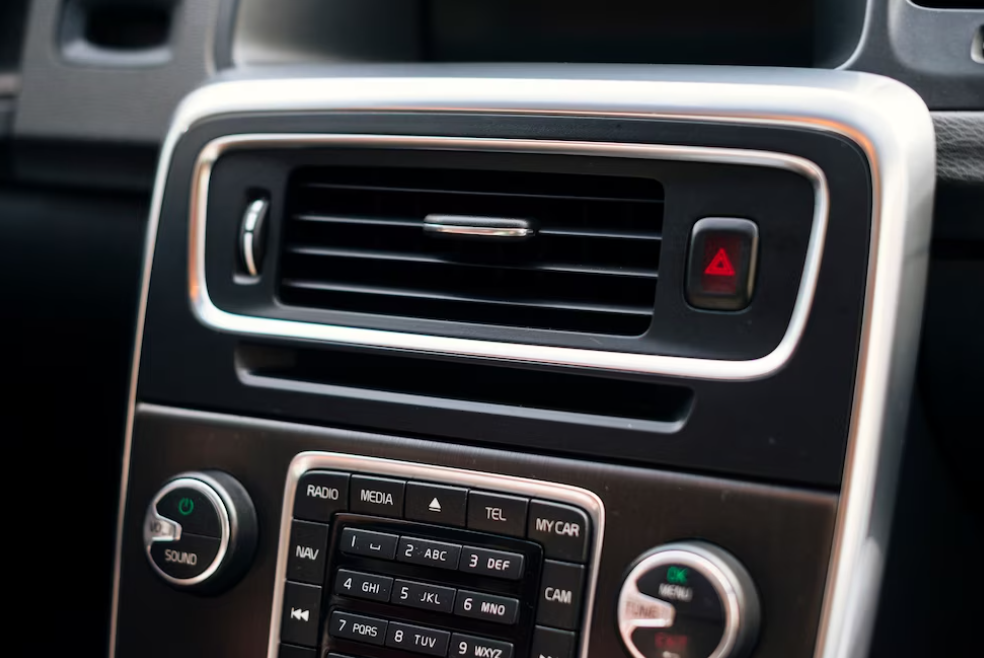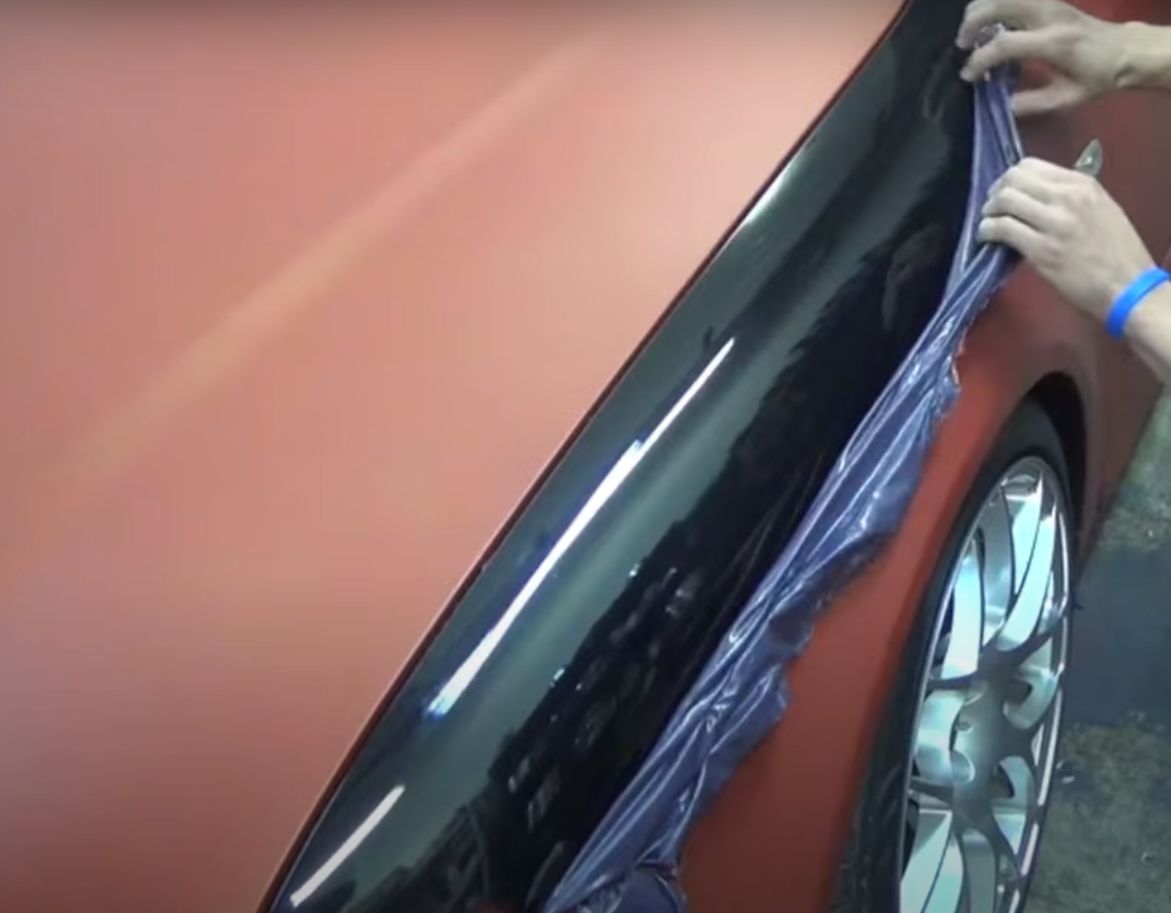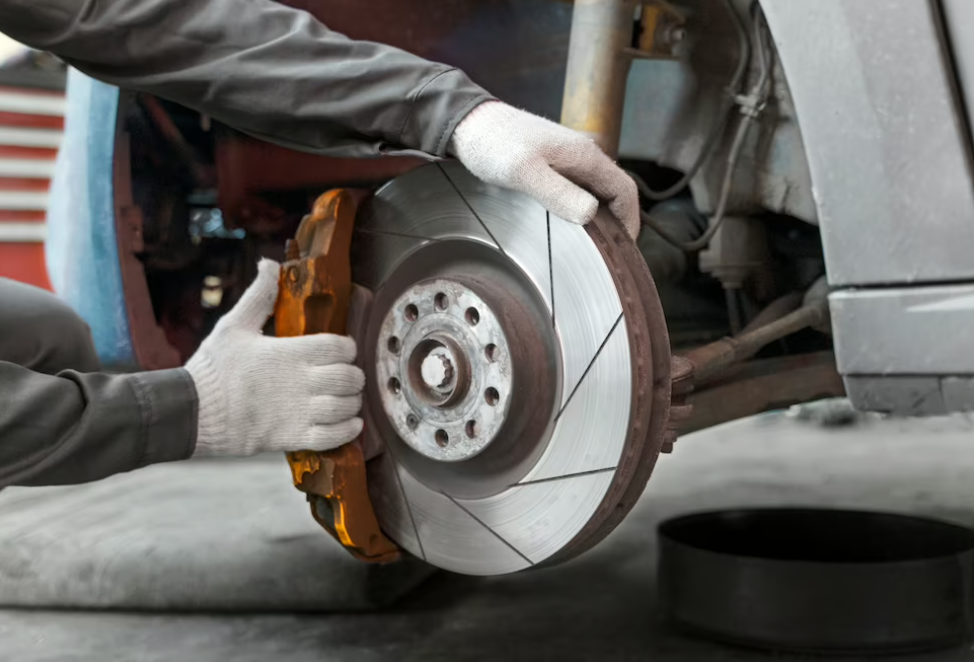A Guide to Car AC Repair
When the scorching summer heat arrives, having a properly functioning car air conditioning (AC) system becomes a necessity for a comfortable and enjoyable driving experience. However, AC issues can arise, leaving you feeling hot and frustrated. In this blog post, we will explore the common problems that can affect your car's AC system and provide you with practical tips and insights on how to diagnose and repair these issues. Stay cool and let's dive into the world of car AC repair!

Common Causes of Car AC Problems
Refrigerant leaks, defective compressors, electrical difficulties, clogged air filters, broken condensers, worn-out blower motors, faulty AC controls, mold or mildew buildup, low battery voltage, and general wear and tear are some of the possible causes of car AC troubles. While a malfunctioning compressor might result in no cooling at all, refrigerant leaks can cause a reduction in cooling efficiency. Electrical issues can disrupt AC system functioning, and clogged air filters can restrict airflow. Damaged condensers, worn-out blower motors, and malfunctioning AC controls can also impair the performance of the AC system. Mold or mildew build-up can cause unpleasant odors, and low battery voltage can impact AC operation.

Check for obvious signs: Start by checking for any obvious signs of a problem. Does the AC system fail to blow cold air altogether? Does it blow air, but it's not cold enough? Are there any strange smells or noises? These initial observations can help narrow down the possible issues.
Inspect the AC controls: Make sure the AC settings are accurate on your car's dashboard. Ascertain that the fan is running at the proper speed, the temperature is set to cool, and the vents are open. Sometimes the issue is as straightforward as having the wrong settings.
Listen for unusual sounds: Activate the AC and start the car. Pay close attention to any strange sounds the AC system makes. Noises like clunking, screeching, or rattling might be an issue with the blower motor, compressor, or other parts.
Check the cabin air filter: A clogged or dirty cabin air filter can restrict airflow and reduce the cooling efficiency of the AC system. Locate the cabin air filter (check your car's manual if needed), and inspect it for dirt, debris, or excessive clogging. If necessary, replace the filter.
Verify the compressor engagement: When the AC is turned on, the compressor clutch should engage, causing the compressor to start working. Open the hood and have someone turn on the AC while you observe the compressor pulley. If the clutch doesn't engage or if the pulley isn't spinning, there may be an issue with the compressor, clutch, or electrical connections.
Check for refrigerant leaks: Low refrigerant levels can prevent the AC system from blowing cold air. Inspect the AC lines, connections, and components for signs of oil stains or refrigerant leaks. If you notice any oily residue or refrigerant odor, it's likely there's a leak that needs to be repaired.
Measure system pressure: AC systems operate within specific pressure ranges. Using an AC pressure gauge, connect it to the low-pressure port (usually located near the AC compressor) and measure the system pressure with the AC running. In order to evaluate if the pressure is within the proper range, compare the reading to the manufacturer's standards.
Seek professional assistance: If you're unable to diagnose the AC problem or if you're uncomfortable performing further troubleshooting, it's advisable to take your car to a qualified mechanic or an automotive AC specialist. They have the necessary tools and expertise to diagnose and repair complex AC issues.

Step 1: Based on the diagnosis you conducted, pinpoint the specific issue with your car's AC system.
Step 2: It is beneficial to sometimes turn on your car's air conditioning system for a few minutes, even during the colder months. By preventing seals from drying up and maintaining the system's lubrication, this approach lowers the likelihood of leaks.
Step 3: If the AC system has refrigerant in it, you'll need to safely discharge it before beginning any repairs. Follow the proper procedures for refrigerant recovery to comply with environmental regulations and prevent harm to yourself and the environment. It's best to have a certified technician handle refrigerant recovery if you're unsure.
Step 4: You could need to replace elements like the compressor, condenser, evaporator, expansion valve, or other parts, depending on the problem that was found. For information on component replacement, refer to a repair handbook written specifically for your vehicle or the manufacturer's instructions.
Step 5: If you discovered a refrigerant leak, it's crucial to repair it before recharging the system. Locate the source of the leak, which may involve inspecting hoses, connections, fittings, or other components. Repair or replace the damaged parts, and ensure proper sealing to prevent future leaks.
Step 6: Once all necessary repairs are completed, it's time to recharge the AC system with the appropriate refrigerant. Follow the manufacturer's guidelines for the correct type and quantity of refrigerant, as well as the recommended oil and other additives. Use a vacuum pump to evacuate any moisture or air from the system before charging it with refrigerant.
Step 7: Start the engine and turn on the air conditioning to test it out first. Examine the system to make sure everything is running well and that the air coming from the vents is chilly. Watch the pressure and temperature readings carefully to make sure they match the requirements specified by the manufacturer.
Step 8: Check for any other possible problems, such as odd noises, leaks, or irregular cooling, after the repair and testing. To guarantee a thorough and effective repair, take immediate action to address these issues.
To help prevent car AC issues and keep your system functioning optimally, there are several key tips to keep in mind. Firstly, adhere to the manufacturer's recommended maintenance schedule, including regular inspections and servicing. Running the AC system periodically, even in colder months, helps keep it lubricated. Additionally, keeping the AC condenser clean from debris ensures proper airflow. Limit the use of the recirculation mode and protect your car from excessive heat by parking in shaded areas or using sunshades. Avoid overloading the system by setting reasonable temperature expectations and be attentive to any unusual signs such as noises or odors. Regularly inspect and replace filters to maintain airflow and air quality. If complex issues persist, seek professional assistance to diagnose and address problems promptly. By following these preventive measures, you can prolong the life of your car's AC system and enjoy reliable cooling performance.
-
How long does AC repair take?
Depending on the exact problem and the availability of components, AC repair times might change. Simple fixes could take a few hours to complete, however more difficult issues might take longer. The technician should be consulted for an estimate based on your unique circumstances.
-
How much does car AC repair cost?
The cost of AC repair depends on various factors, including the nature of the problem, the parts required, and the labor involved. Simple repairs like replacing a fuse or sensor can be relatively inexpensive, while compressor replacements or major repairs may be more costly. It's recommended to obtain quotes from different repair shops for an accurate estimate.
See more review here: Top 10 Dash Covers For Ultimate Dashboard Protection












